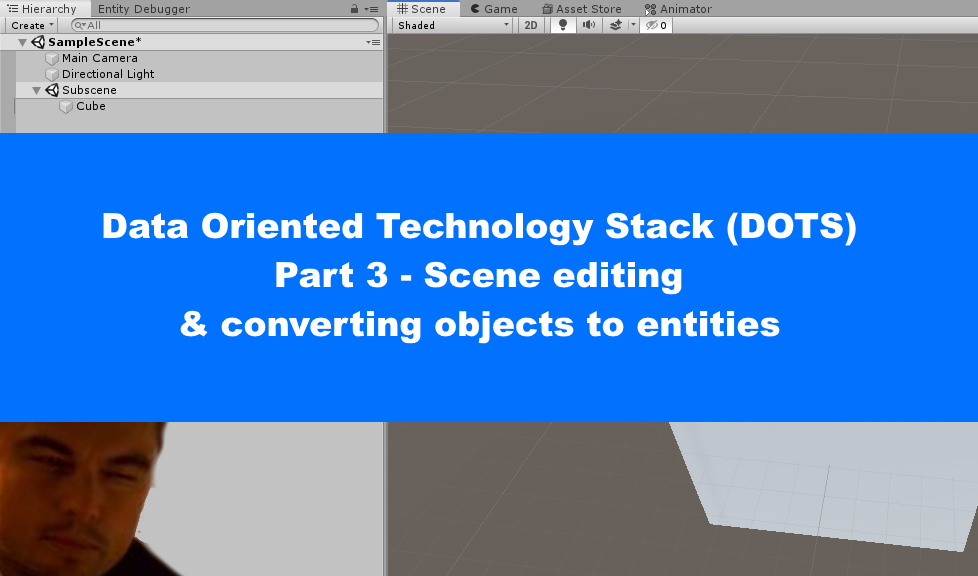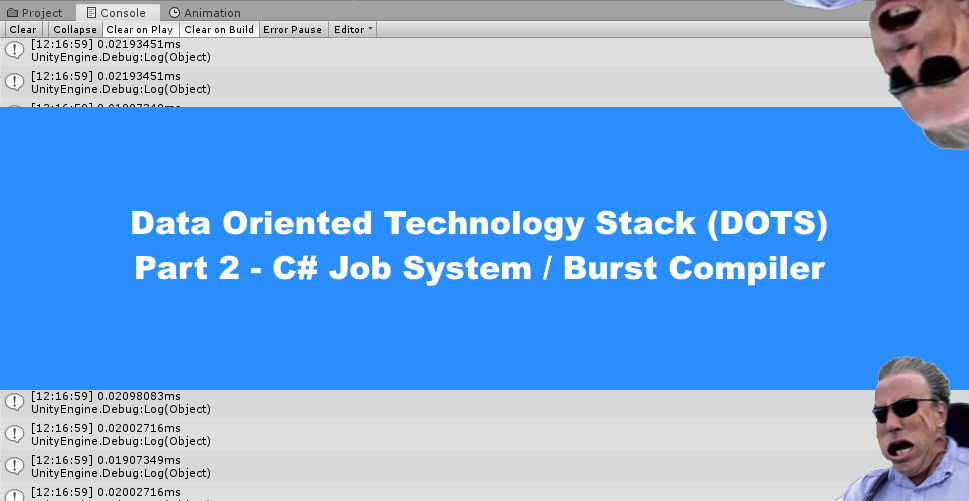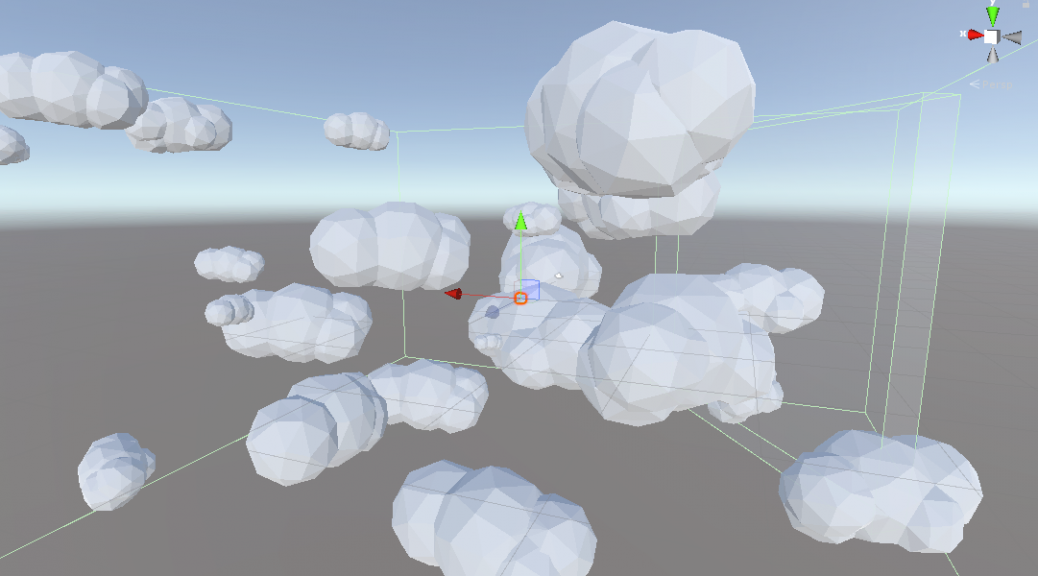Scene editing and ECS conversion
When working with the DOTS framework and implementation of ECS, you’ll quickly realize that there is currently very little in the way of scene editing. Entities might render, but you can’t interact with them in the scene editor. The workaround for this problem allows for the conversion of a scene, into entities. However, any traditionally written code (using monobehaviour, that is) will be lost in translation. This article covers how you should write your code in ECS and attach it…





